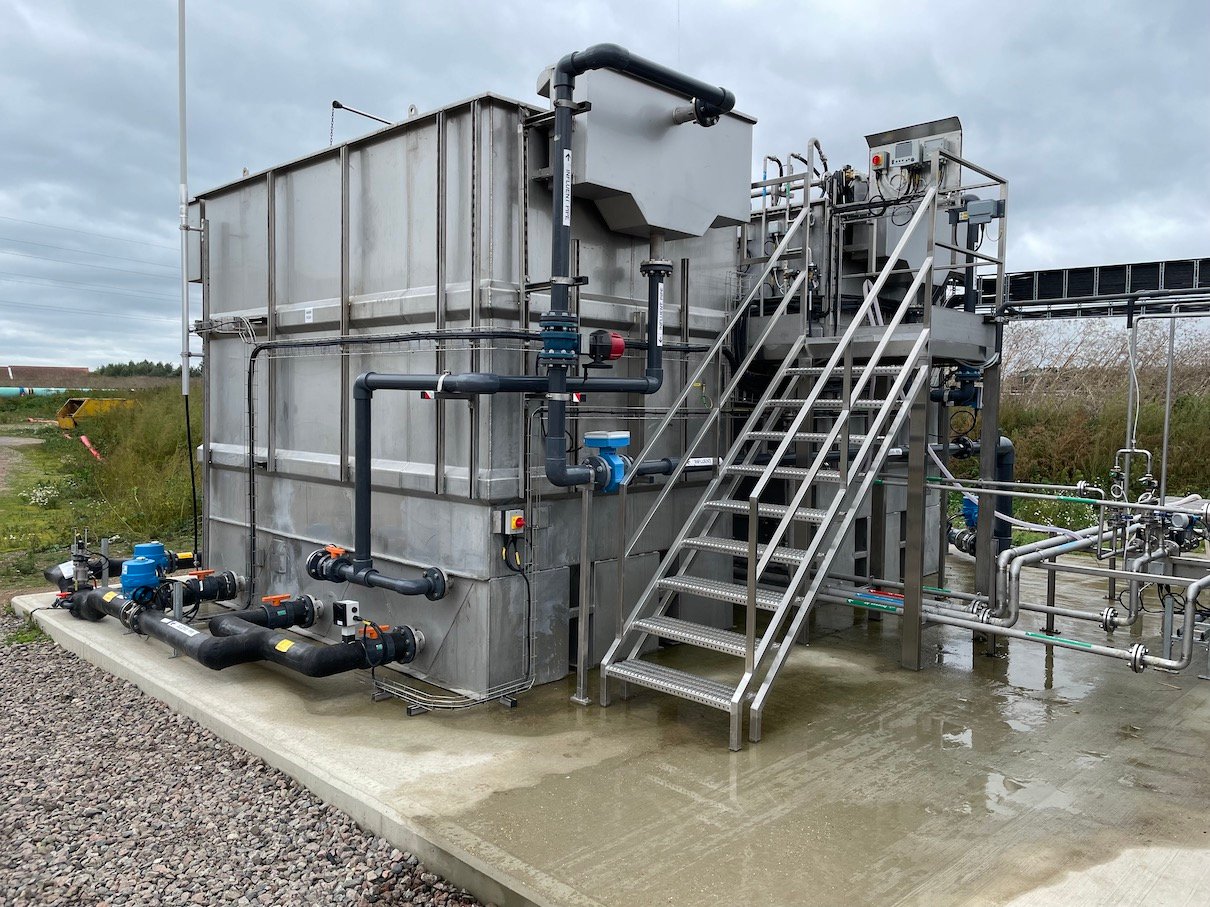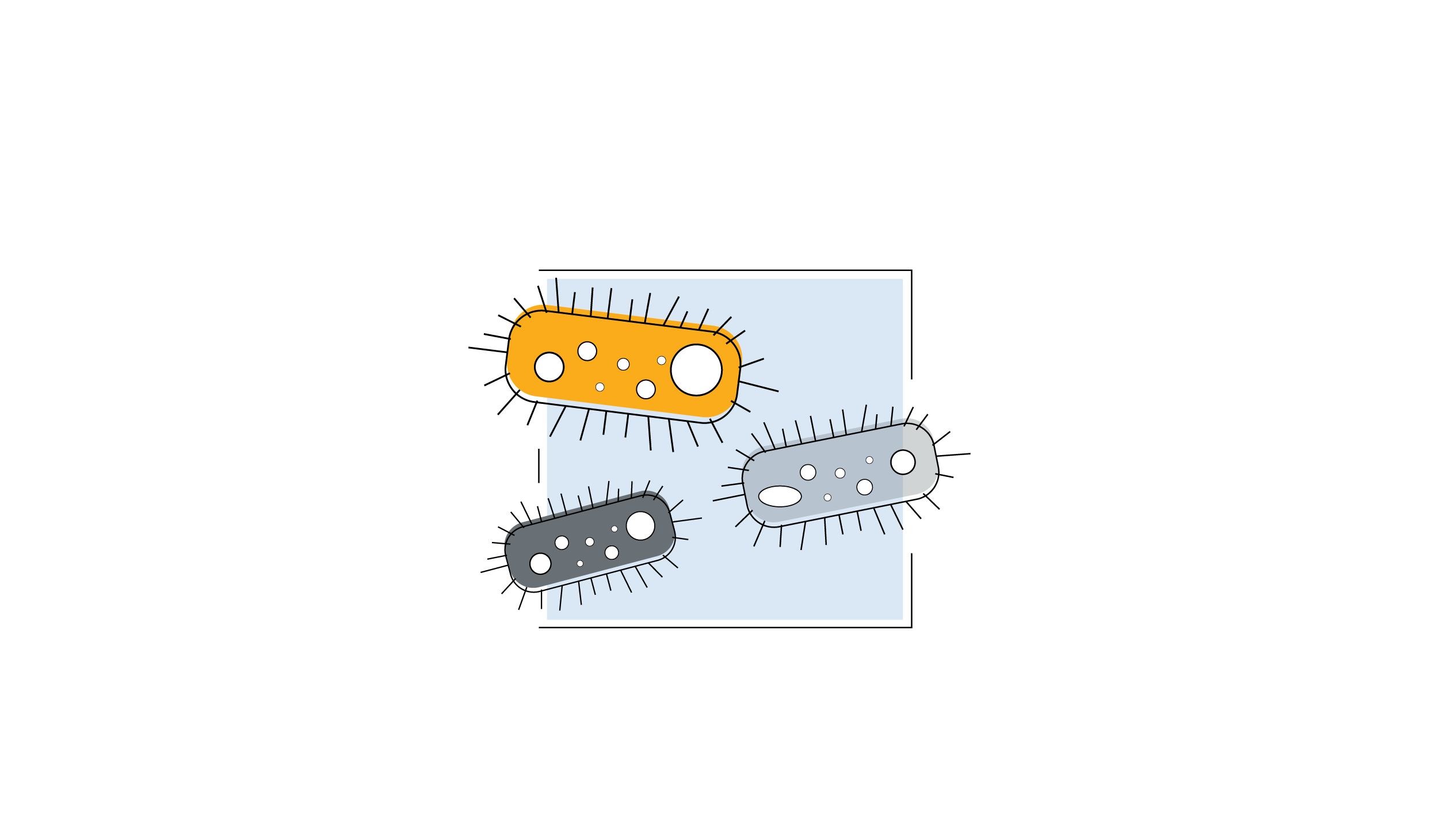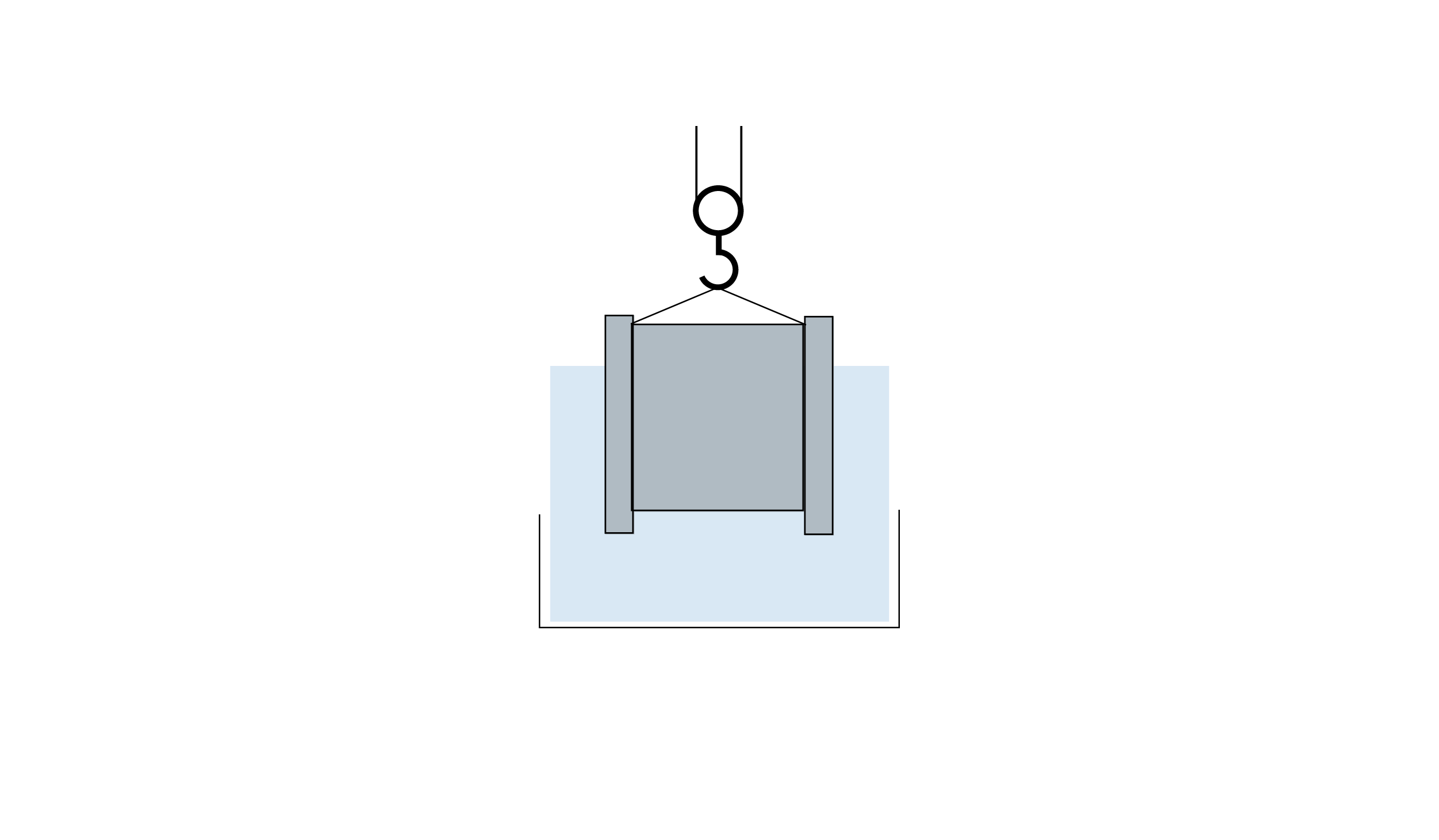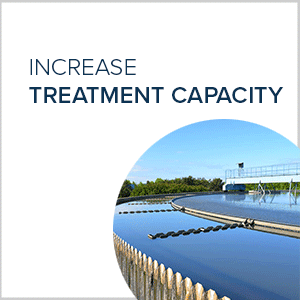Why is Aeration Important for Wastewater Treatment?
Wastewater aeration is the process of adding air into wastewater to allow aerobic bio-degradation of the pollutant components. It is an integral part of most biological wastewater treatment systems. Unlike chemical treatment which uses chemicals to react and stabilize contaminants in the wastewater stream, biological treatment uses microorganisms that occur naturally in wastewater to degrade wastewater contaminants.

When is Aeration Used?
In municipal and industrial wastewater treatment, aeration is part of the stage known as the secondary treatment process. The activated sludge process is the most common option in secondary treatment. Aeration in an activated sludge process is based on pumping air into a tank, which promotes the microbial growth in the wastewater. The microbes feed on the organic material, forming flocks which can easily settle out. After settling in a separate settling tank, bacteria forming the "activated sludge" flocks are continually recirculated back to the aeration basin to increase the rate of decomposition.
How does Aeration Work?
Aeration provides oxygen to bacteria for treating and stabilizing the wastewater. Oxygen is needed by the bacteria to allow biodegradation to occur. The supplied oxygen is utilised by bacteria in the wastewater to break down the organic matter containing carbon to form carbon dioxide and water. Without the presence of sufficient oxygen, bacteria are not able to biodegrade the incoming organic matter in a reasonable time. In the absence of dissolved oxygen, degradation must occur under septic conditions which are slow, odorous, and yield incomplete conversions of pollutants. Under septic conditions, some of the biological process convert hydrogen and sulphur to form hydrogen sulphide and transform carbon into methane. Other carbon will be converted to organic acids that create low pH conditions in the basin and make the water more difficult to treat and promote odour formation. Bio-degradation of organic matter in the absence of oxygen is a very slow biological process.
Learn about our Simultaneous Nitrification and De-nitrification process.
Why is Aeration Important for Wastewater Treatment?
Aeration is the most critical component of a treatment system using the activated sludge process. A well designed aeration system has a direct impact on the level of wastewater treatment it achieves. An ample and evenly distributed oxygen supply in an aeration system is the key to rapid, economically-viable, and effective wastewater treatment.
The Membrane Aerated Biofilm Reactor is a game changer for wastewater treatment. Understand how to apply the MABR to reduce OPEX intensive biological treatment with smarter aeration.
If you would like to upgrade your plant with OxyMem MABR contact us today 






